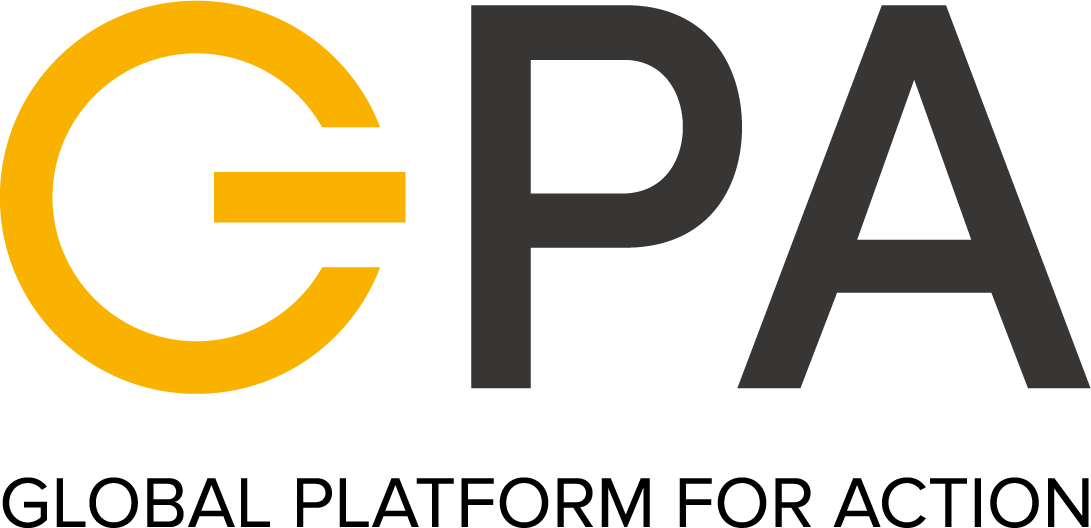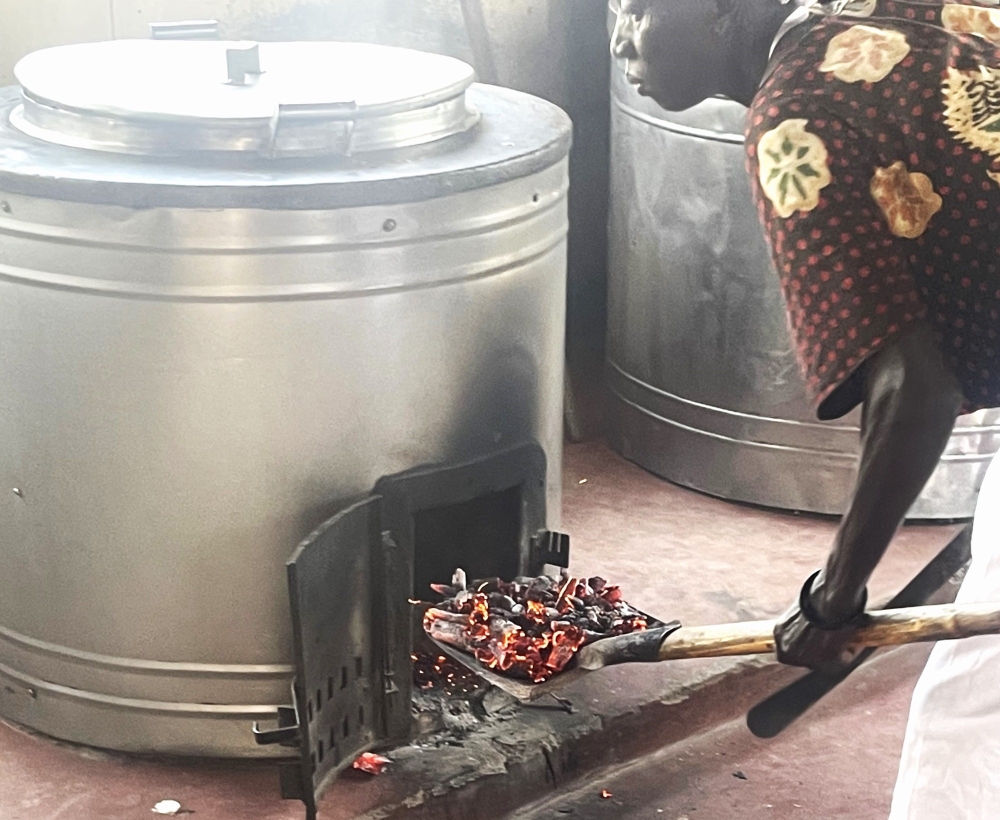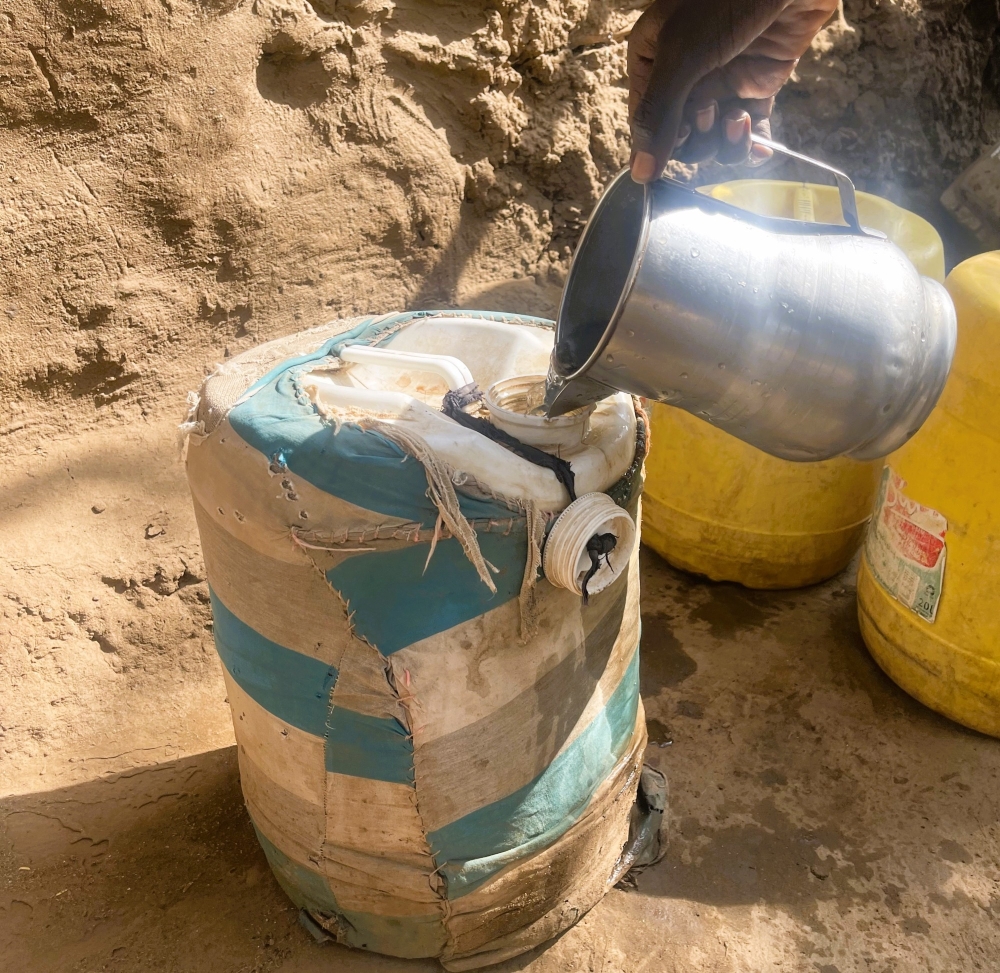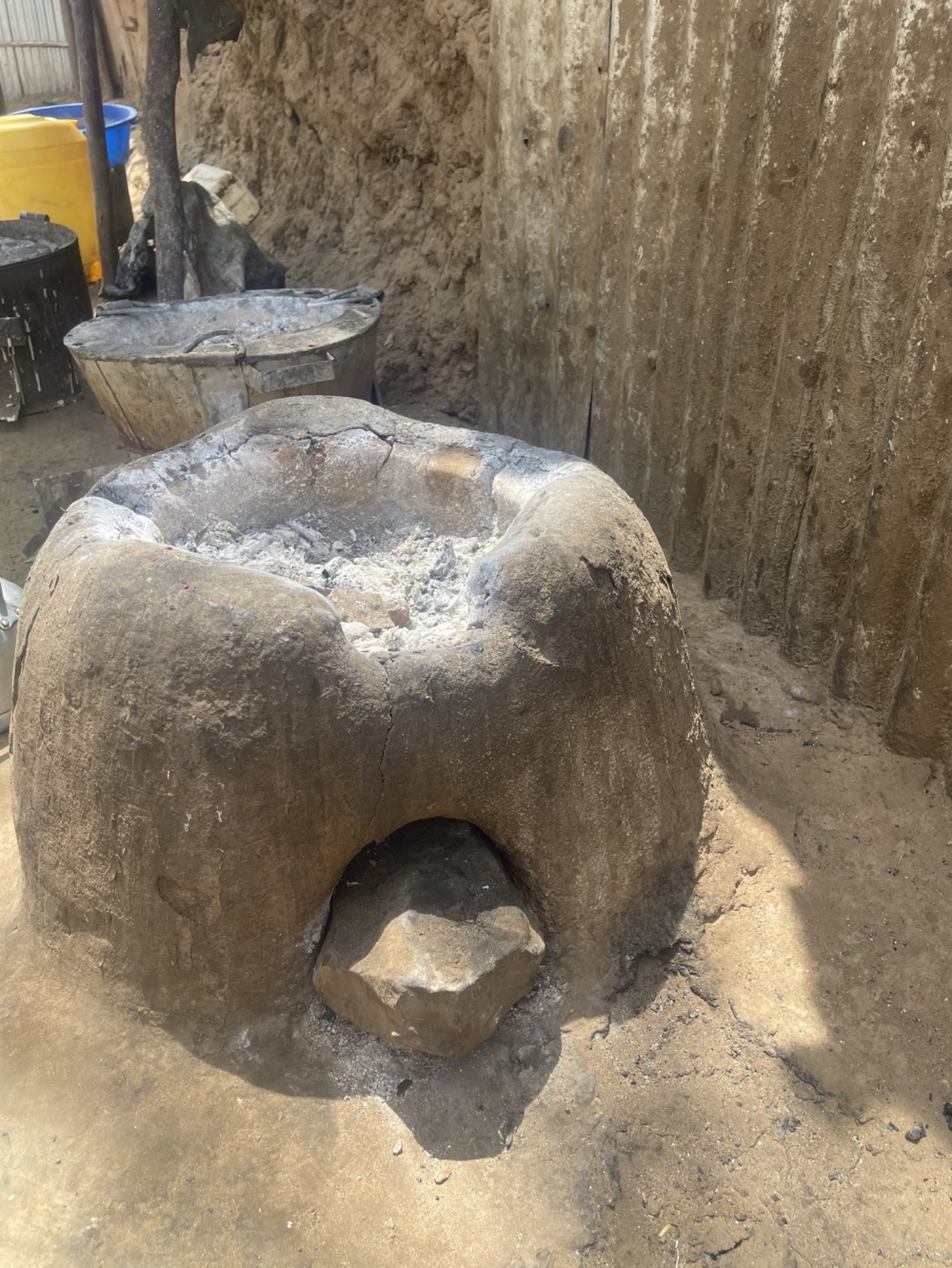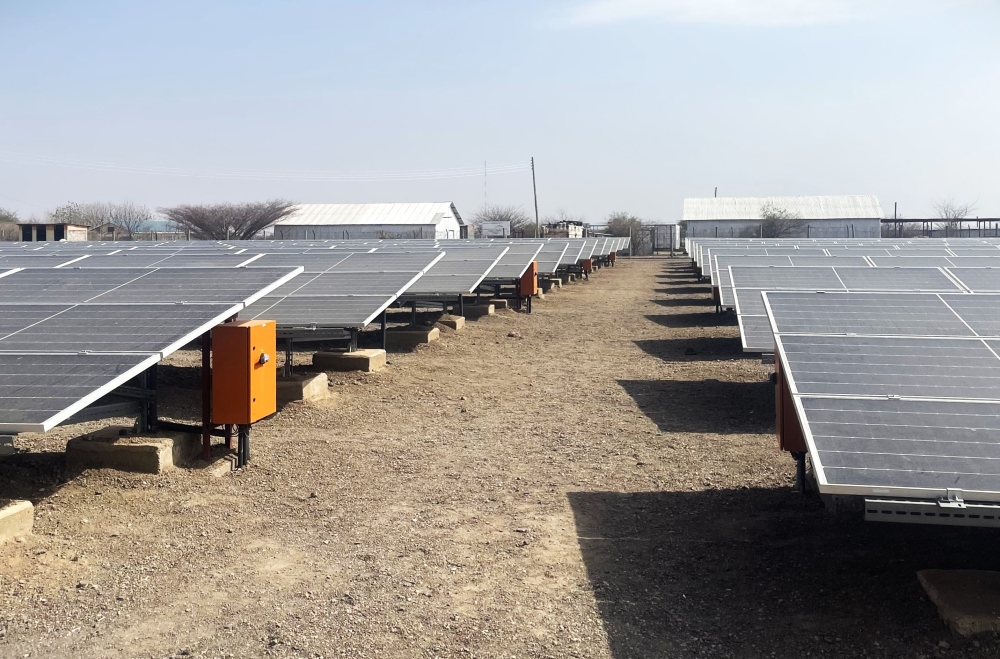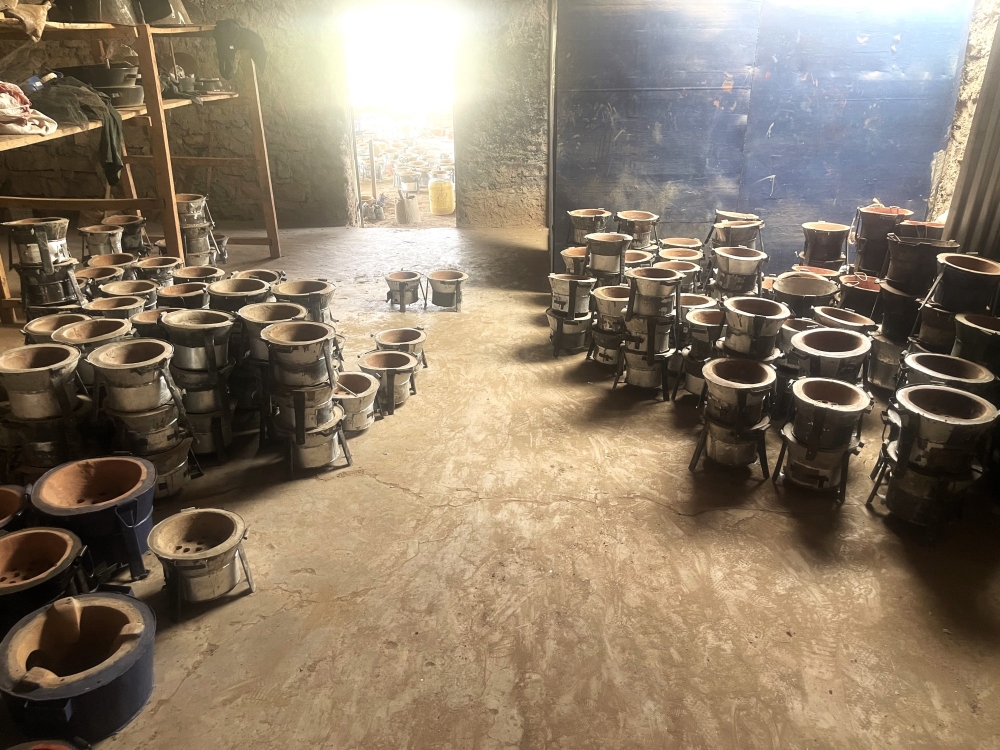In this section
In this section“Due to the lack of money to purchase a factory-manufactured cookstove, I made this multipurpose homemade clay stove.”- South Sudanese refugee at the Kakuma refugee camp.
Millions of people around the world today are forcibly displaced from their homes due to conflicts, natural disasters, and other crises. In displacement settings, energy needs like electricity and clean cooking remain a significant challenge. As a researcher passionate about sustainable development and access to energy for all, I embarked on a fieldwork expedition to investigate sustainable access in Kakuma refugee camp in Kenya.
Returning to a place that you once called home can evoke a lot of emotions and memories. Walking through Kakuma’s narrow pathways reminded me of the hardships of displacement, while seeing a large number of new arrivals made me think about the ongoing challenges faced by displaced populations worldwide.
I spoke with women to understand the current state of energy access within the camp. As we sat together under a tree shade, they recounted the daily struggles they face – particularly in accessing electricity and clean cooking solutions.
While there have been improvements over the years, affordability remains a significant barrier to improving energy access. The high costs associated with improved cookstoves mean that many families rely on traditional stoves.
In terms of cooking, charcoal and firewood were the main sources of cooking fuels. Limited financial resources and lack of formal job opportunities made clean cooking options like LPG unaffordable for most families.
Despite these challenges, I was inspired by the innovative spirit and resilience of these women, who built stoves crafted from local materials like clay soil. According to these women, these temporary stoves were not only cost-effective but also helped reduce the usage of charcoal and firewood.
Households have come up with an innovative cooling invention using a jerrycan. Pieces of clothing are wrapped tightly around the jerrycan which is then soaked with water to allow for evaporation to take place. The makeshift insulation provided by the wet cloth acts as a barrier against external heat, with evaporation cooling the water.
My fieldwork highlighted to me the importance of understanding the specific energy needs and limitations faced by displaced communities. It also underscored the remarkable capacity of individuals to innovate and adapt to challenging circumstances.
Recognising the ingenuity demonstrated by refugee households in constructing homemade cooking systems, policymakers and humanitarian organisations can learn valuable lessons about addressing energy poverty in displacement settings and working with community members to design interventions together.
As these traditional cooking methods may be the only available option for households, their consequences should be addressed. While meeting cooking needs for many households, homemade stoves do not often perform well from an efficiency perspective.
Their multipurpose homemade stoves use both charcoal and firewood; these are associated with increased health risks due to the emission of toxic substances, exposure to smoke from open fires, and indoor air pollution. These can contribute to respiratory diseases and many women complain of symptoms like headaches and chest pains. However, they insist on tangible benefits such as reduced costs of the stoves.
Some of the potential strategies to mitigate the impact of traditional cookstoves include the promotion of clean cookstoves as well as including training programmes on clean energy technologies – all of which could offer huge benefits to the residents of Kakuma refugee camp.
Innovation knows no borders and refugees demonstrate this by creating energy solutions in displacement settings. Their resilience and determination to create a better future have led to the emergence of practical solutions.
There is great innovation potential in Kakuma, and the ingenuity and creativity of refugees to design more energy solutions should be further celebrated.
In sharing their stories, I hope to raise awareness about the challenges faced by displaced populations. By advocating for investment in renewable energy technologies, promoting innovative cooking methods, and fostering partnerships between humanitarian organisations and energy providers, we can contribute to a more equitable and sustainable future for all.
This blog was written by Nyayow Deng Chuol Research Associate of the GPA Coordination Unit at UNITAR.
Last updated: 07/07/2023
